Secure coding is more than just a technical discipline; it’s the art and science of writing code in a way that inherently protects applications from common vulnerabilities and attacks. By following a set of proven practices, developers can significantly reduce an application’s attack surface and build a robust defense against threats outlined in industry standards like the OWASP Top Ten. This proactive approach is essential in today’s digital landscape, where a single vulnerability can lead to massive data breaches and reputational damage.
For any business, integrating secure coding practices isn’t just an IT recommendation—it’s a critical investment in your operational stability, customer trust, and long-term success.
The Four Pillars of Secure Business Operations
Why is embedding secure coding into your development process a non-negotiable for your business? Here’s why it’s a strategic imperative:
-
Protects User Data and Privacy (The Trust Pillar): Secure code is the frontline defense for sensitive information. It helps prevent the exposure of personal data, financial details, and proprietary information, thereby protecting your customers and maintaining their invaluable trust. In an era of data privacy concerns, this builds your brand’s integrity.
-
Reduces Financial and Reputational Risk (The Financial Pillar): Security incidents are costly. Avoiding them saves your organization from severe data breach fines (like those under GDPR), legal fees, recovery expenses, and the devastating long-term impact of a tarnished brand and lost customer loyalty. Secure coding is a preventative measure that safeguards your financial health.
-
Enhances Application Reliability (The Product Pillar): Secure applications are inherently more stable and reliable. Many secure coding practices overlap directly with good software engineering principles, leading to fewer bugs, better performance, and a more consistent user experience. This means higher uptime and greater user satisfaction.
-
Ensures Regulatory Compliance (The Compliance Pillar): Adhering to industry regulations (such as GDPR, PCI DSS, NIS2, DORA, and sector-specific mandates) often requires strict requirements for data protection. Implementing secure coding practices from the start is a fundamental, proactive step toward meeting these critical standards and passing audits with confidence.
A 10-Point Framework for Secure Code
Achieving these business benefits means empowering development teams with clear, actionable guidance. Here are some of the most critical practices to integrate into your development process:
Secure Your Gates:
- Validate All Input: Never trust user input. Sanitize and validate all data (e.g., length, type, format, content) to prevent injection attacks like SQLi and XSS, which are at the top of the OWASP list.
- Implement Strong Authentication & Session Management: Use multi-factor authentication (MFA) and secure session cookies to prevent unauthorized access. Ensure robust password policies and secure handling of session tokens.
- Secure File Uploads: Restrict file types, validate content against whitelists, and always scan for malware to prevent malicious files from compromising your system.
Protect Your Data:
4. Encrypt Sensitive Data: Use strong, industry-standard encryption algorithms for data at rest (databases, storage) and in transit (network communications) to protect it from unauthorized access.
5. Use Prepared Statements (for databases): Protect against SQL Injection attacks by using parameterized queries instead of dynamic queries that can be manipulated by attackers.
6. Sanitize Output: Encode or escape all output displayed to users to prevent cross-site scripting (XSS) vulnerabilities, ensuring malicious scripts cannot be injected and executed in a user’s browser.
Build a Strong Foundation:
7. Principle of Least Privilege: Grant users and processes only the minimum permissions necessary to perform their functions. This limits the damage an attacker can do if a system is compromised.
8. Secure Error Handling: Avoid disclosing sensitive information in error messages. Provide generic error messages to users and log detailed errors securely on the server side for debugging.
Maintain Your Defenses:
9. Don’t Reinvent the Wheel: Leverage well-established, vetted, and regularly updated security libraries and frameworks instead of creating your own. This benefits from collective expertise and rigorous testing.
10. Keep Dependencies Updated: Regularly update all third-party libraries and frameworks to patch known vulnerabilities. Attackers frequently exploit weaknesses in outdated components.
Build Security In, Not On
Security cannot be an afterthought, bolted on at the end of a project. It must be an integral part of your development lifecycle, from design to deployment. By building security into your code from the ground up, you’re not just creating resilient applications—you’re building a more trustworthy, reliable, and successful business.
Knowing these practices is the first step. The next is understanding where your current development processes and applications fall short. At Crossjoin Security, our Threat and Vulnerability Assessment service is designed to do exactly that. We implement threat modeling techniques to evaluate your code, cloud, and network security posture, giving you a clear, actionable roadmap to close your security gaps and operationalize the practices outlined here. Stop guessing, start assessing.
Writen by Rui Soares, Crossjoins Senior InfoSec Consultant






Recent Comments